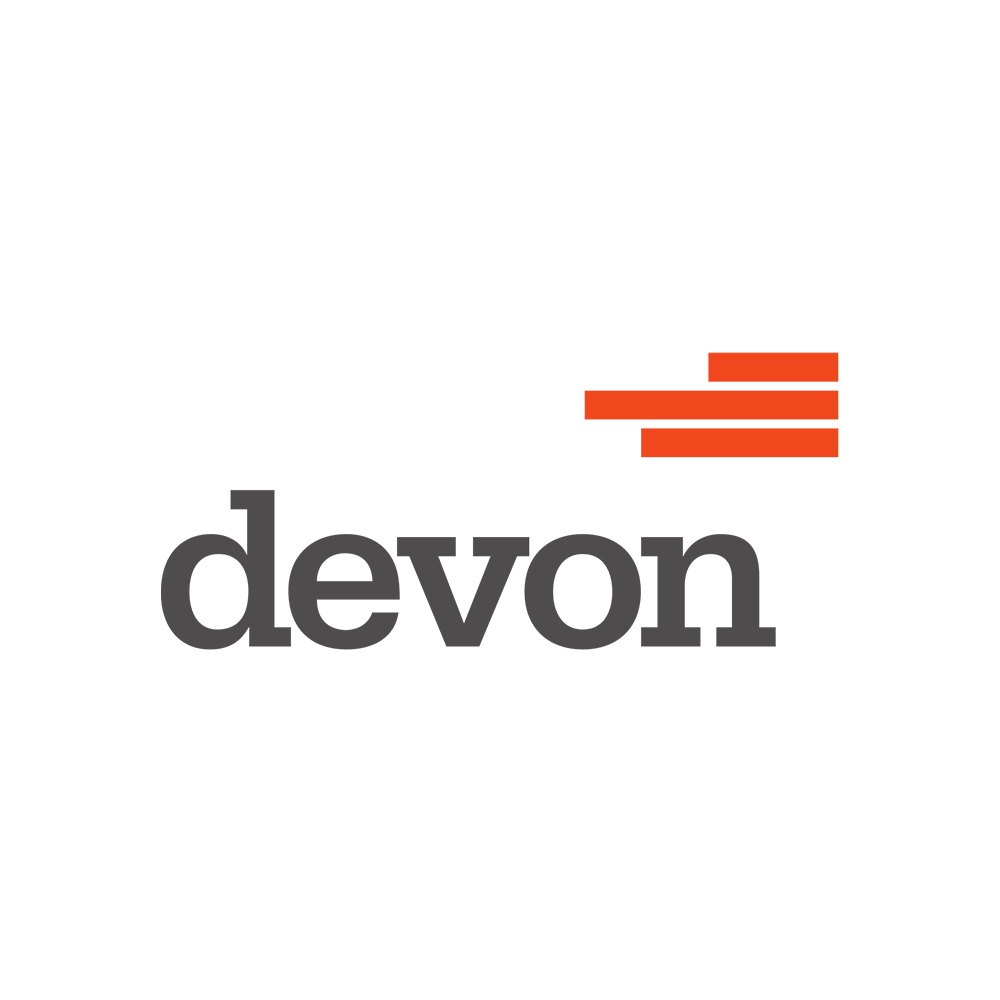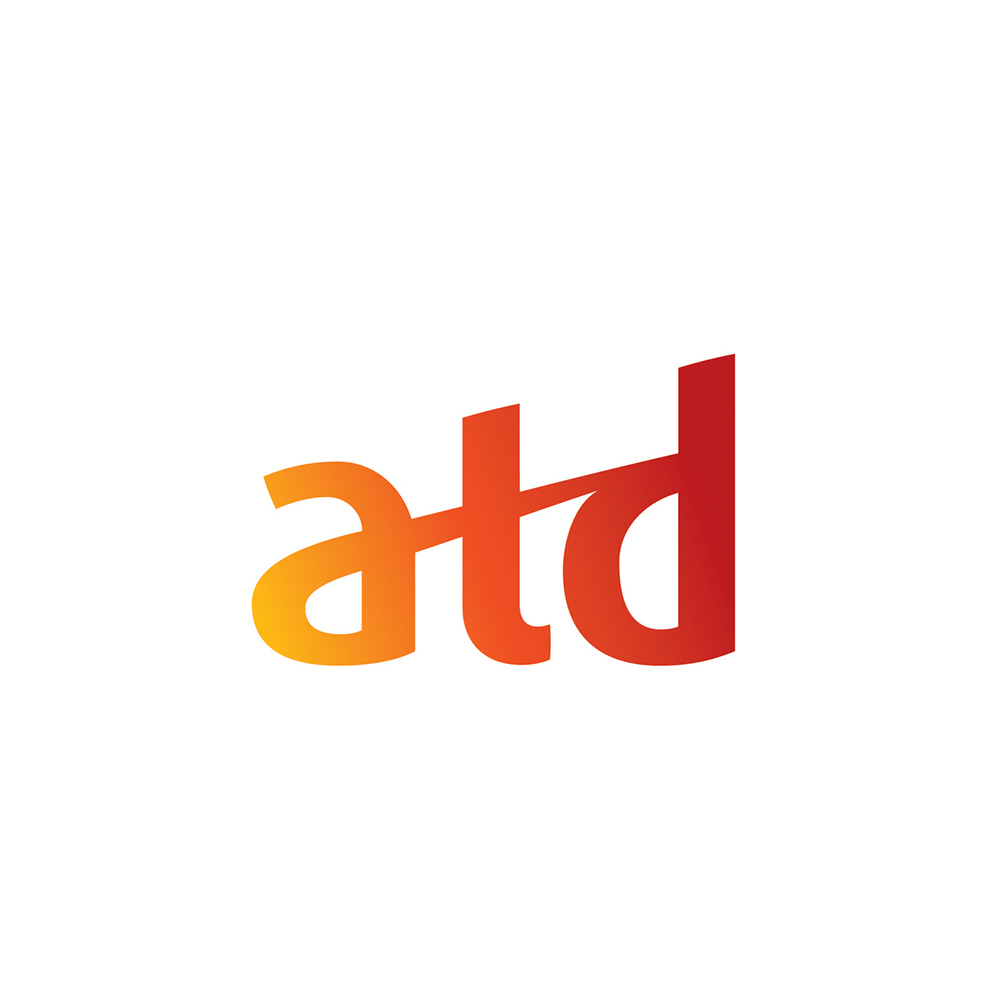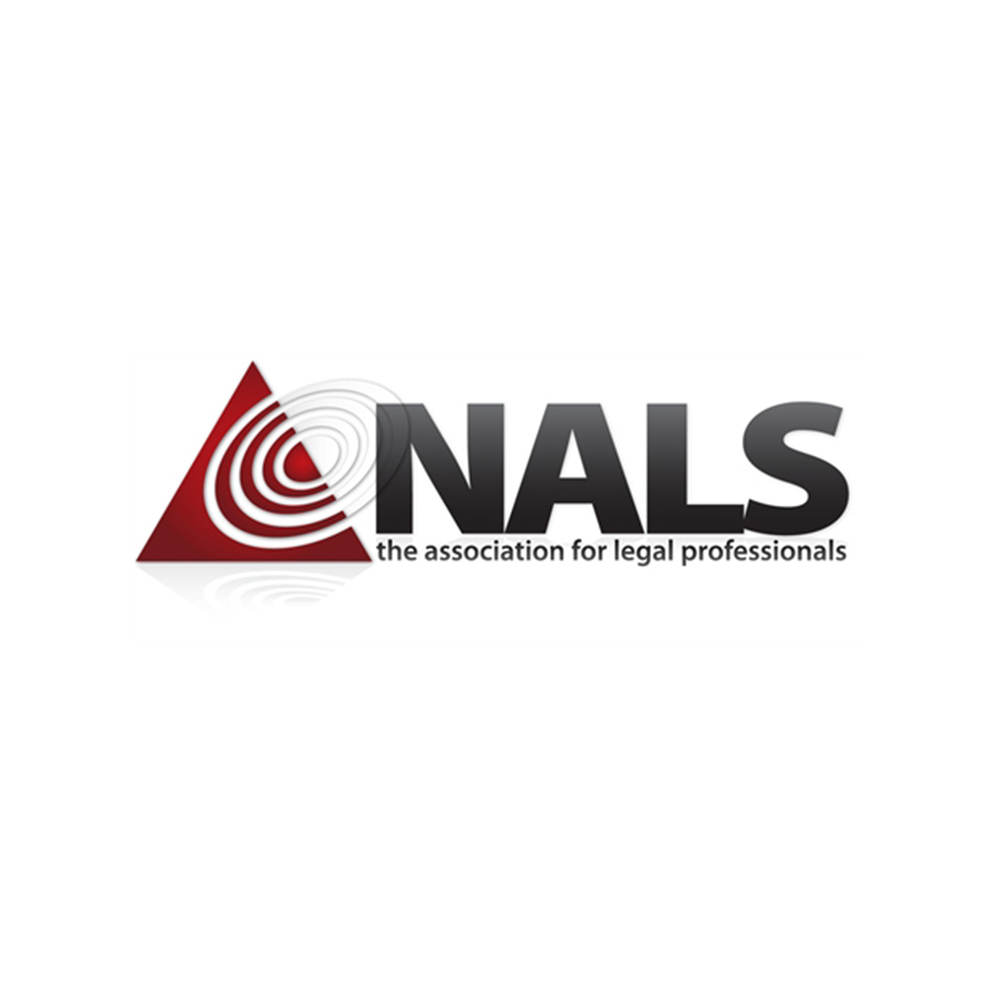Improve Your Organization’s Performance Through Three Types of Measurable Goals
“Measure twice, cut once” isn’t just for carpenters! Discover the power of measurable goals in boosting your organization’s performance and learn how to stay on track with three goal categories in this article.
You’ve heard of the adage “measure twice, cut once,” but how do we know if we’re measuring the right thing before we cut? The teams I consult with use various measurements or key performance indicators (KPIs) tied to goals. But often, I find these teams are creating a lot of activity, yet are not yielding to desired results by leadership.
Unfortunately, this isn’t unusual. In fact, in the book The Balanced Scorecard, David Norton and Robert Kaplan note that 90 percent of organizations fail to execute strategies successfully.
It’s also important to recognize that disruption can significantly impact goals and results. Whether it’s external factors like market shifts or internal changes such as restructuring, adapting to disruptions is crucial in maintaining goal alignment and success.
So how can we do this?
Start first by challenging the purpose of the goal and supporting measurements.
Through developing business strategies and focusing on improving organizational operational performance, I categorize measurable (and manageable) goals in these three categories:
1. Performance Results
Performance results focus on whether or not we are moving the needle toward the desired outcomes in our strategy or plan. Typically, these goals are repeated on an annual or periodic basis, depending on how they were used towards achieving the strategy.
Examples of performance results are:
• Improve our closing rate from 10% to 20% in two years.
• Reduce our customer wait times from 3 minutes to 1 minute.
• Increase EBITDA from 15% to 20% by the end of FY20XX.
2. Change Events
Change events focus on the introduction of a change. They could include a new system, process, or strategy that is crucial to achieving overall strategic outcomes or operational performance. These types of goals or KPIs typically measure a single event and once achieved, go away.
Examples of change events are:
• Implement a new CRM system by June 30, 20XX.
• Establish the updated employee on boarding process by March 31, 20XX.
• Develop and approve the new market strategy by October 1, 20XX.
2. Behavioral Adherence
Behavioral adherence goals focus on organizational discipline, seeking to establish consistency in how processes, tools, or policies are followed by your team. They can often be used following a change event to ensure the benefit is realized. For example, when a new system is deployed, and you want to ensure everyone is using the system versus a manual or workaround process. A key to a behavioral adherence goal or KPI is that once the organization is consistently adhering to this process, then you should consider removing this measure, unless you see erosion in its adherence.
Examples of behavioral adherence goals are:
• 100% of projects will have a Project Charter.
• All customer leads will be entered in the CRM system.
• Invoices will not be approved unless they have been approved by the line manager.
Too many teams focus on only aspirational performance results and wonder why they didn’t achieve or sustain them, because they lacked the “change event” steps or the “behavioral adherence” that establishes organizational discipline and foundation.
By reviewing your goals and KPIs against these three categories of measurable goals, you can ensure that your strategic outcomes are achieved – first by understanding what your desired performance results are, and then ensuring that any change events or behavioral adherence are used to help support those long-term measures.
TRANSFORM DISRUPTION INTO OPPORTUNITY
Do you need help improving team performance and achieving measurable results? Contact me to learn about my keynote speaking, executive coaching, and facilitation services.

























